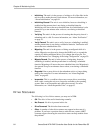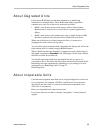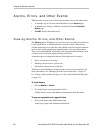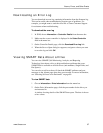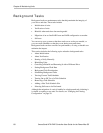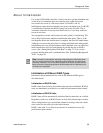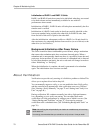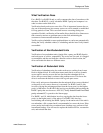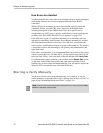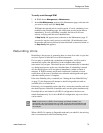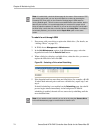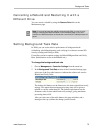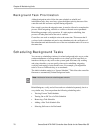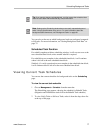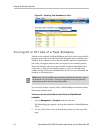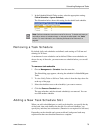
Chapter 6. Maintaining Units
72 3ware Serial ATA RAID Controller User Guide for the Power Mac G5
How Errors Are Handled
Verification makes use of the same error checking and error repair techniques
used during ordinary use of drives configured through 3ware RAID
controllers.
When verification encounters an error, the controller typically retries the
command. If there are cable CRC errors, there may be multiple retries
including downgrade of the UDMA mode. If the error persists and is
unrepairable (e.g., ECC errors), an error notification is issued to indicate the
problem. (See AEN “0026 Drive ECC error reported” on page 122.)
If the disk drive is part of a redundant unit that is in a redundant state (not
degraded or rebuilding), then Dynamic Sector Repair automatically rewrites
the redundant data to the error location to force the drive to reallocate the
error location. A notification of repair is posted to the alarms list. The result is
a restoration of drive and data integrity; the primary and redundant data are
again both valid.
If the unit is not redundant, it is recommended that you perform a file-system
check to correct the issue. On Mac OS X, you can do this using the First Aid
tab in the Disk Utility—select the disk on the left and then click
Verify Disk.
If verification encounters problems, you can then use the
Repair Disk option
on the same screen.If the errors persist and cannot be overwritten from a
backup copy, perform a final incremental backup. You will need to replace the
defective drive, recreate the array, and reinstall the data.
Starting a Verify Manually
Verification of units can be done automatically, on a schedule, or can be
started manually, as described below. (See “Setting Auto Verify for a Unit” on
page 46 and “Scheduling Background Tasks” on page 76.)
Note: If the unit has not previously been initialized and you manually select Verify
Unit the initialization process starts
.



